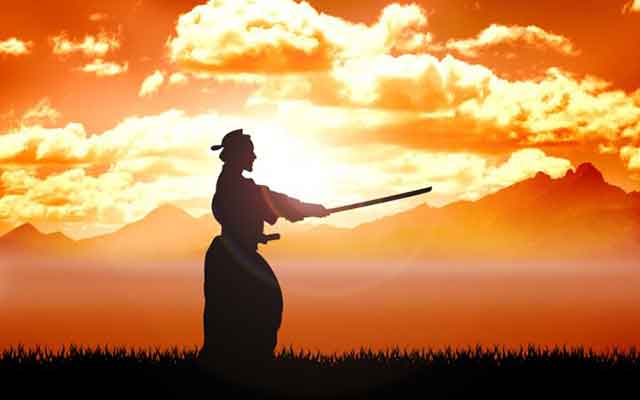
There are many legends about samurai. Their most important feature is their enormous willpower, fortitude, and harsh upbringing. These were the strongest warriors who were not afraid of death.
Who could become a samurai
In feudal Japan, this high title was transmitted exclusively by inheritance. The son followed in the footsteps of his father and later became a professional warrior. From birth, the boy was surrounded by care and love, but no one canceled the harsh upbringing. The birth of a boy in the family was a great holiday. In the early days, all relatives came and brought many gifts to the newborn. Particular attention was paid to the first son, since he was the heir not only to the clan, but also to the entire property of the family.
A few years later, the son received from his father one or two toy swords made of wood, depending on the rank occupied. This is not just a toy, but a kind of amulet. In this way, little boys were taught to love their weapons and take care of them.
If the samurai did not have an heir, then he lost his place in the social structure, and the feudal lord had the right to confiscate his land allotment. There were many such cases in feudal Japan.
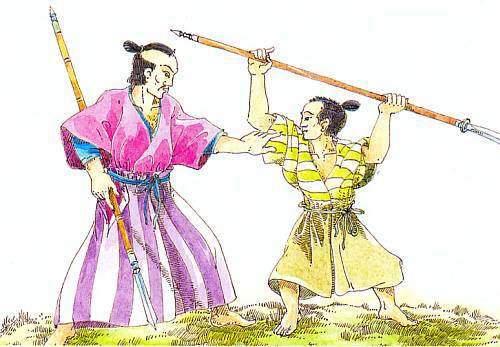
Samurai Education Code
The upbringing of future samurai took place within the framework of an unwritten code of honor - Bushido. The code indicates a number of rules and norms that are characteristic of a real samurai, and it is based on the principles of Buddhism and Confucianism.
A warrior who was brought up in the spirit of bushido was clearly aware of his moral duty, personal duties to his overlord. If the samurai violated the norms of the code, then he performed suicide through a ritual - hara-kiri. Samurai personally cut your stomach stomach with a dagger. In this way, the samurai washed away his dishonor.
These rules and norms were not set out in writing, but were transmitted in legends, stories, which are still relevant in our time.
Basic principles of samurai education
From early childhood, the best morals of warriors were imposed on future samurai. They were taught to love and respect their parents, teachers, not to argue with them even if they are wrong. The basis of education was the principle of not only respect for parents, but also for the emperor himself, who was the father of all warriors.
Parents and a mentor are the two main pillars on which the philosophy of samurai education was based. The authority of the teacher was very great: all his instructions had to be followed without strife.
Young samurai strove to grow up courageous, brave in the name of the ruler, whose life was above all.
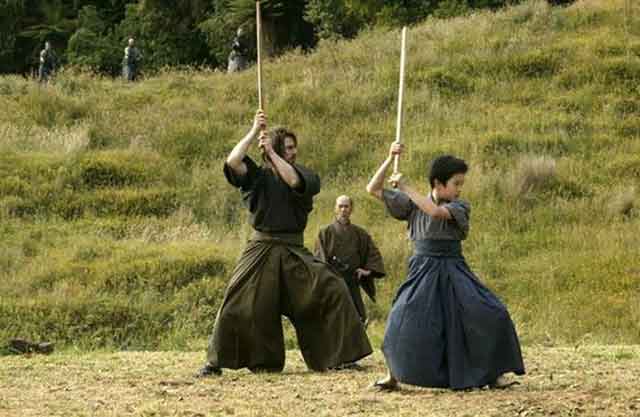
Education methodology: interesting facts
The image of a strong samurai was formed due to both physical and moral training. Young men were read a lot of stories, stories that told about the military prowess of the famous samurai. Theatrical plays were often staged, in which they clearly demonstrated how strong and fearless a samurai warrior was.
The father often took his son to the cemetery or to a terrible place that was notorious. In addition, the boys were necessarily taken to public punishments, executions, and at night they arranged an inspection of the severed heads of criminals. And most importantly: the future samurai had to put his sign everywhere, as proof that he was there. This approach made it possible to overcome fear and not be afraid of death.
A few more interesting facts about the methods of educating future samurai:
constant hard work;
minimum night sleep;
walking without shoes in winter;
hunger strike.
And the boys also developed fortitude: they had to be able to overdo all their emotions. Fear, panic, tears - all this was not allowed. That is why, it is not surprising that the samurai did not lose their thoughts and common sense even in the most difficult situations.
Future samurai constantly trained: they never stopped on the achieved result. Boys were taught to easily endure any pain and the most difficult trials in life. If the boy suddenly cries, then instead of pitying him, the mother scolded her son for his weakness.
The older the boy got, the more severe the tests became for him. For example, he was left for a long walk in an unheated room or deprived of food. Future samurai had to overcome a long way to the place of training.
And the worst test for boys is the night in the cemetery or near the scaffold among the hanged, beheaded.
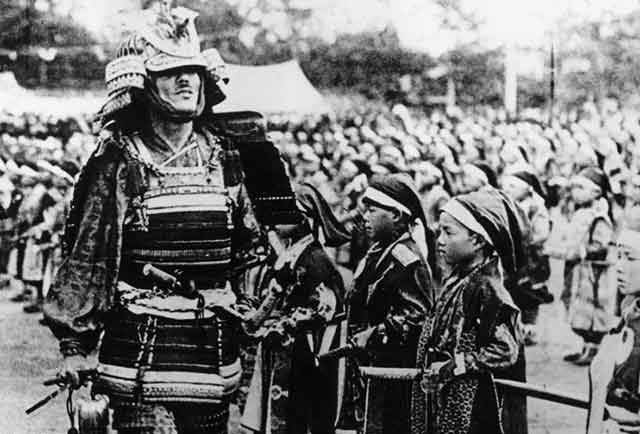
Military training of the samurai
The military training of the samurai was at the highest level. From an early age, they were taught the art of owning different types of weapons: a sword, a bow. Additionally, they knew the basics of jujutsu, knew how to sit well in the saddle, and understand the tactics of battle. Already at the age of 5, the boy was getting his first sword.
Training in military skills took place in a separate room. Practicing with weapons, samurai learned to develop instant reaction, flexibility and dexterity. The preparation took place in stages. First, the boy had to learn the basics of swimming, riding, jiu-jitsu (the art of self-defense without weapons). Then the student mastered archery, martial arts, fencing. The young man was constantly developing physically. He had to not only be able to swim, but to swim with various obstacles.
Spiritual development of the samurai
In addition to physical development, samurai also developed themselves spiritually. They studied literature, history, writing. However, it was precisely those subjects that were beneficial to military affairs that were studied, but fiction was not recognized.
How long did the training of the samurai last
As a rule, training began at the age of 8 and up to 16. At the age of 15, the training of the future samurai was coming to an end. It was believed that during this time the young man was able to master military skills, become strong mentally and physically. At the end of the training, the samurai was given real swords, with which he was not to be separated. The girls were given a short kaiken dagger. As a result, young samurai became adults. A candidate for samurai lost his former name and took on a new one. An obligatory ritual is the creation of a new image: a shaved head to the crown and a pigtail in the back. All adult samurai went with this hairstyle.
Today, such upbringing seems very harsh and unacceptable for children, but at that time it was the best method for raising boys. They were taught to control their body, feelings, protect and respect their parents.
Strong character, iron will, the ability to obey strict discipline, not to blame fate - these are the basic principles of samurai training. It was these character traits that helped them to be brave warriors on the battlefield.
See also
-
Marugame Castle
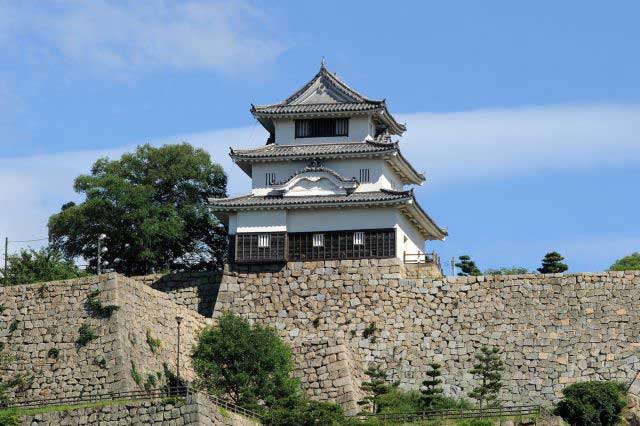
Marugame is part of the so-called “Authentic Dozen,” a group of twelve castles whose donjons have survived to the present day without major reconstructions since the Edo period.
-
Iyo Matsuyama Castle
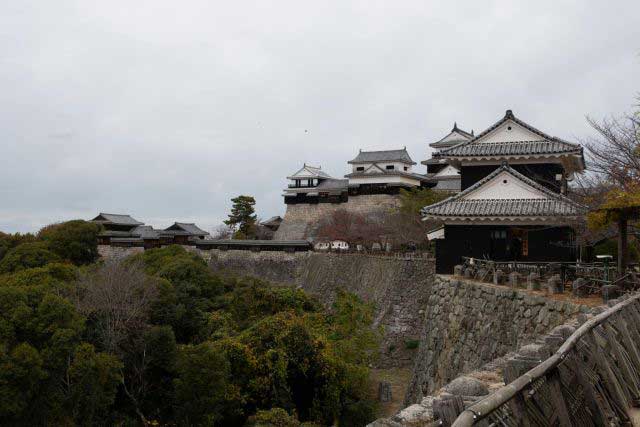
Historically, the center of Iyo Province—corresponding to today’s Ehime Prefecture on the island of Shikoku—was the city of Imabari, while the Matsuyama area was regarded as an agricultural hinterland with broad plains and low hills. During the Muromachi period, the central part of the province was governed by the Kano clan from Yuzuki Castle. With the onset of the Sengoku period, however, this clan lost its former influence and was forced to survive in the shadow of the more powerful Mori and Chōsokabe clans. After Toyotomi Hideyoshi’s forces conquered Shikoku in 1587, the northern part of Iyo Province was granted to Fukushima Masanori, one of the so-called “Seven Spears of Shizugatake.” In 1595, Masanori was transferred to Kiyosu Castle, and the lands around Matsuyama were given to another of the Seven Spears, Katō Yoshiaki, who received Masaki Castle and an income of 60,000 koku of rice.
-
Kanazawa Castle
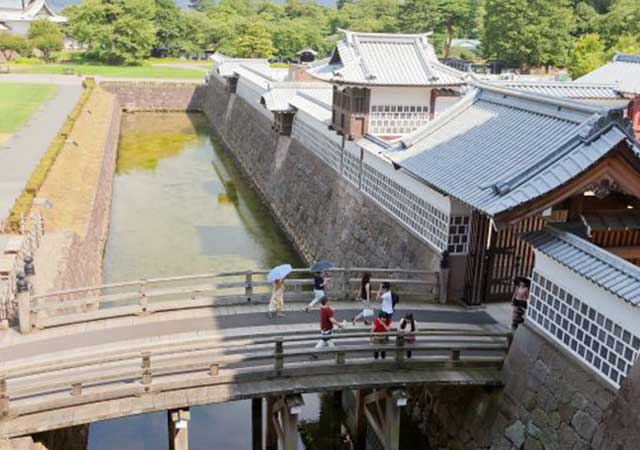
Construction of Kanazawa Castle began in 1580 on the orders of Sakuma Morimasa, a vassal of Oda Nobunaga. The castle was built on the site of the Ikko-ikki sect's Oyama Gobo temple, which is why it is sometimes called Oyama Castle. Morimasa managed to build several moats and begin construction of a castle town. However, after his defeat at the Battle of Shizugatake in 1583, he was executed, and ownership of the castle passed to Maeda Toshiie (1538–1599).
-
Nakatsu Castle
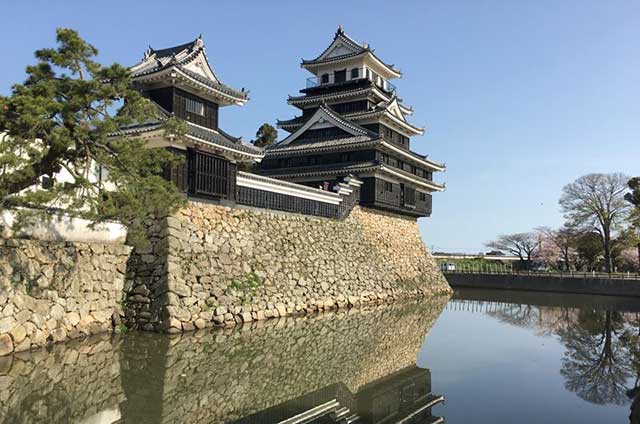
Kuroda Yoshitaka (1546–1604) was one of the closest advisors to the legendary military commander Toyotomi Hideyoshi. He took part in key military campaigns of the late 16th century, including the campaign against Shikoku in 1585 and the campaign against Kyushu in 1587. Later, during the second campaign in Korea, Yoshitaka served as chief advisor to the commander of the invasion forces, Kobayakawa Hideaki. After Hideyoshi's death, he swore allegiance to Tokugawa Ieyasu, thereby securing his influence and patronage under Japan's new leader.
-
Edo Castle
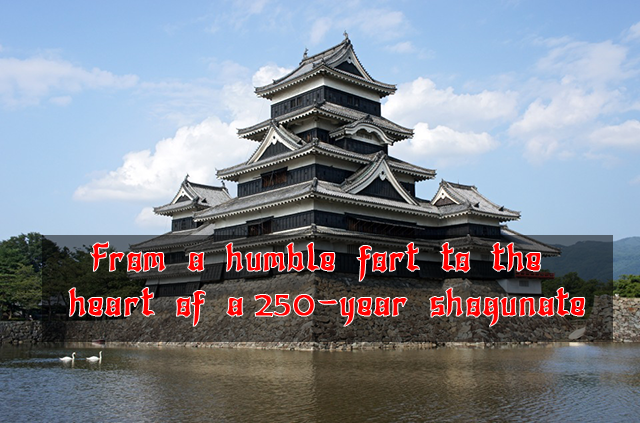
The history of Edo Castle dates back to the Heian period, when the Edo clan built a small fort on this site. In 1457, the vassal of the Uesugi clan, Ota Dokan (1432–1486), constructed a full-scale castle here. Internal conflicts weakened the Uesugi clan, and in 1524, Ota Dokan’s grandson, Ota Yasutaka, surrendered the castle without resistance to the forces of Hojo Soun, the ambitious leader of the Hojo clan. While Odawara Castle remained the clan's main stronghold, Edo was considered a key strategic fortress.
-
Samurai Museum Shinjuku
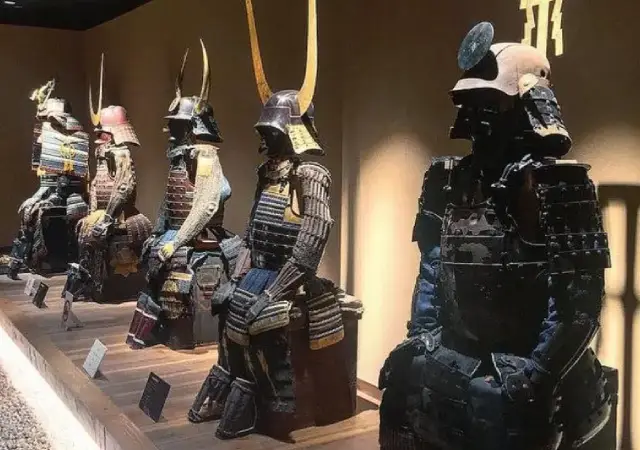
Situated in the vibrant district of Shinjuku, the museum showcases an extensive collection of samurai armor, weapons, and cultural artifacts spanning from the Kamakura to the Edo period. The exhibits aim to convey the samurai's unwavering commitment to honor and discipline, reflecting how their spirit continues to influence modern Japanese culture.
-
Anjo Castle
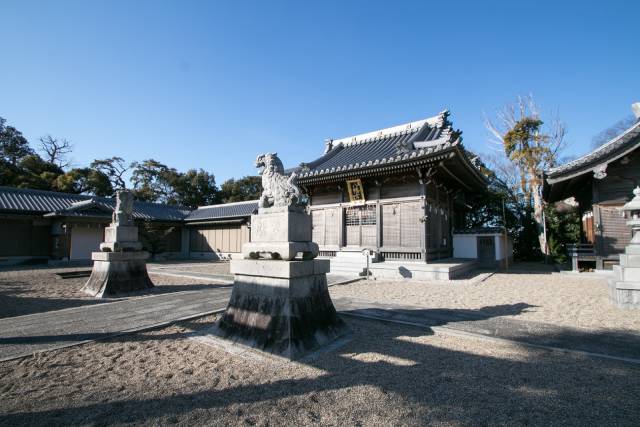
Anjo Castle was built on a slight elevation at the edge of the Hekikai Plateau, about 2 kilometers southeast of present-day central Anjo City in Aichi Prefecture. Today, the surrounding area thrives on large-scale agriculture and automotive manufacturing, utilizing the expansive flatlands and its proximity to the Nagoya region.
-
Numata Castle
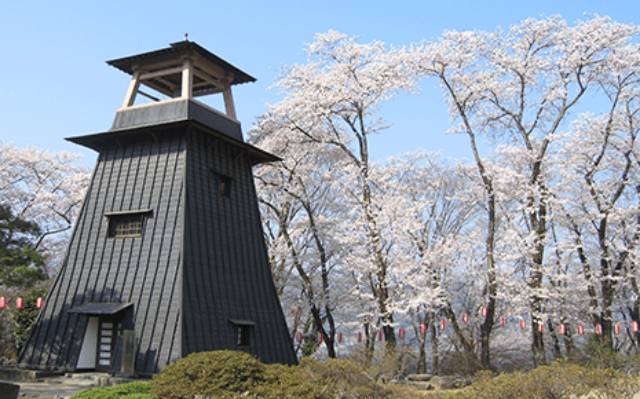
Numata Castle, located in Numata, northern Gunma Prefecture, Japan, has a rich and complex history. During the late Edo period, it served as the residence of the Toki clan, who ruled the Numata Domain. Over the centuries, the castle changed hands multiple times and was the site of significant battles during the Sengoku period.

